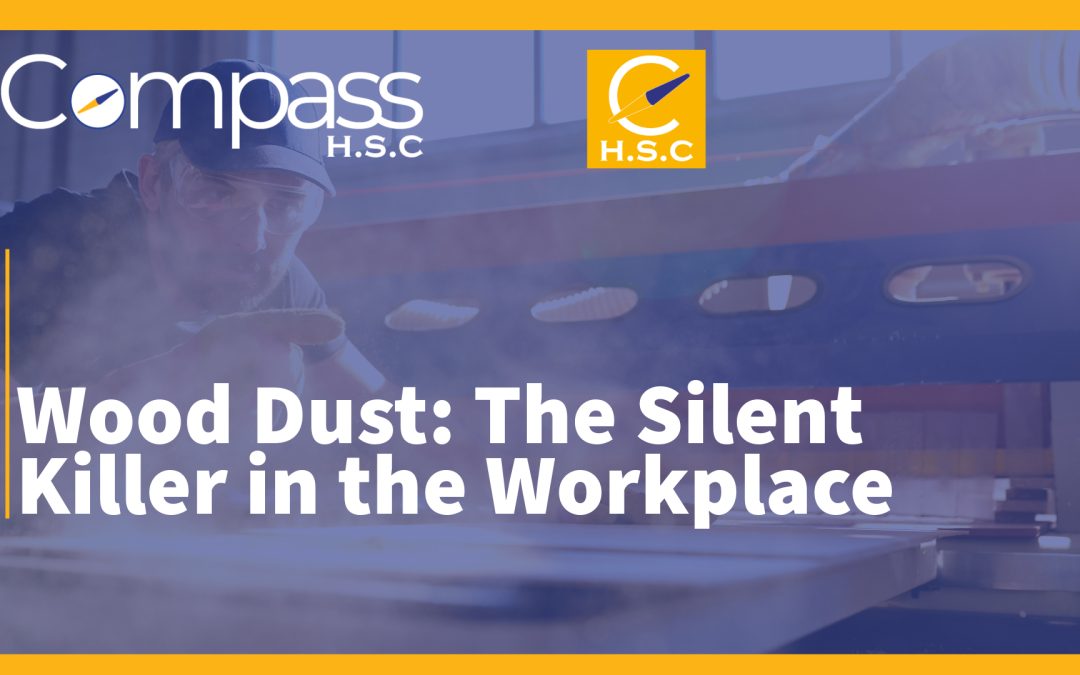Wood is an everyday material, used widely in construction, manufacturing, and woodworking. Yet, many workers handle it with little awareness of the long-term health risks associated with wood dust exposure.
Why Wood Dust is a Serious Health Hazard
Regular activities like sawing, sanding, and planing produce fine dust particles that, when inhaled, can lead to severe health conditions, including:
🔴 Occupational asthma
🔴 Chronic bronchitis
🔴 Nasal cancer
Despite these risks, many workers remain unaware or dismissive of the dangers. Until wood dust is treated with the same caution as asbestos, workers will continue to face avoidable health complications.
Workplace Exposure Limits (WELs)
To control exposure, the Health and Safety Executive (HSE) has set legal Workplace Exposure Limits (WELs) for wood dust over an 8-hour period:
✔ Softwood – 5mg/m³
✔ Hardwood – 3mg/m³
How to Protect Yourself and Your Workforce
To reduce exposure and comply with regulations:
✅ Use dust extraction systems – Attach dust bags and collectors to tools where possible.
✅ Vacuum at the source – Use industrial vacuums (not compressed air) to collect dust before it spreads.
✅ Wear proper respiratory protection – FFP3 respirators should be face-fit tested for a secure seal.
✅ Never dry sweep – Always dampen down dust before cleaning and wear a mask.
Conclusion
Wood dust exposure may not cause immediate harm, but the long-term effects can be life-threatening. Employers and workers alike must take proactive steps to control exposure and protect their health.
📢 Need guidance on workplace dust control? Contact Compass HSC today for expert advice on compliance and best practices.

